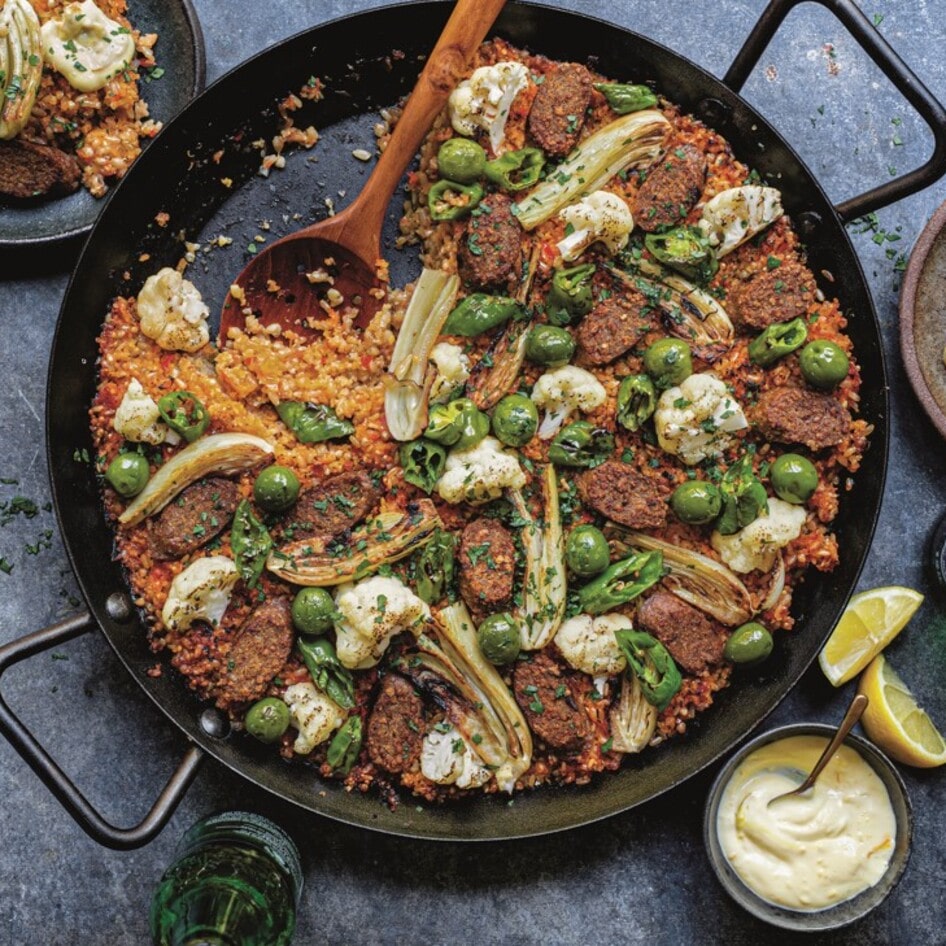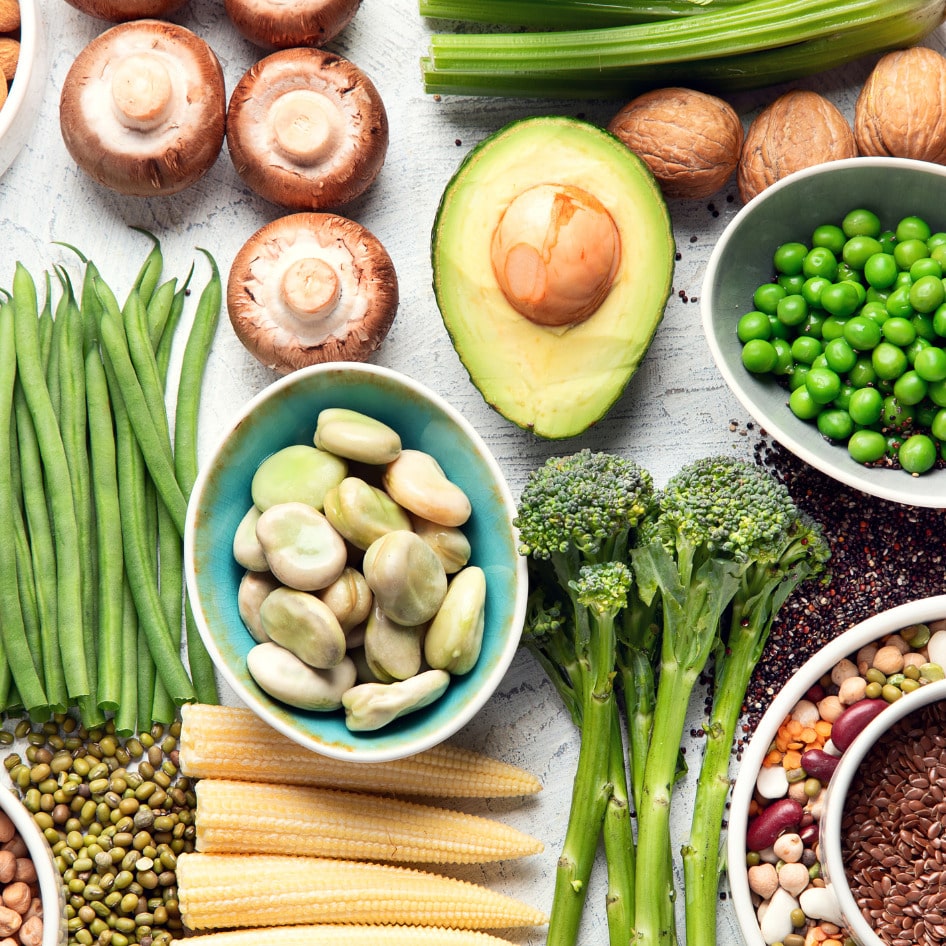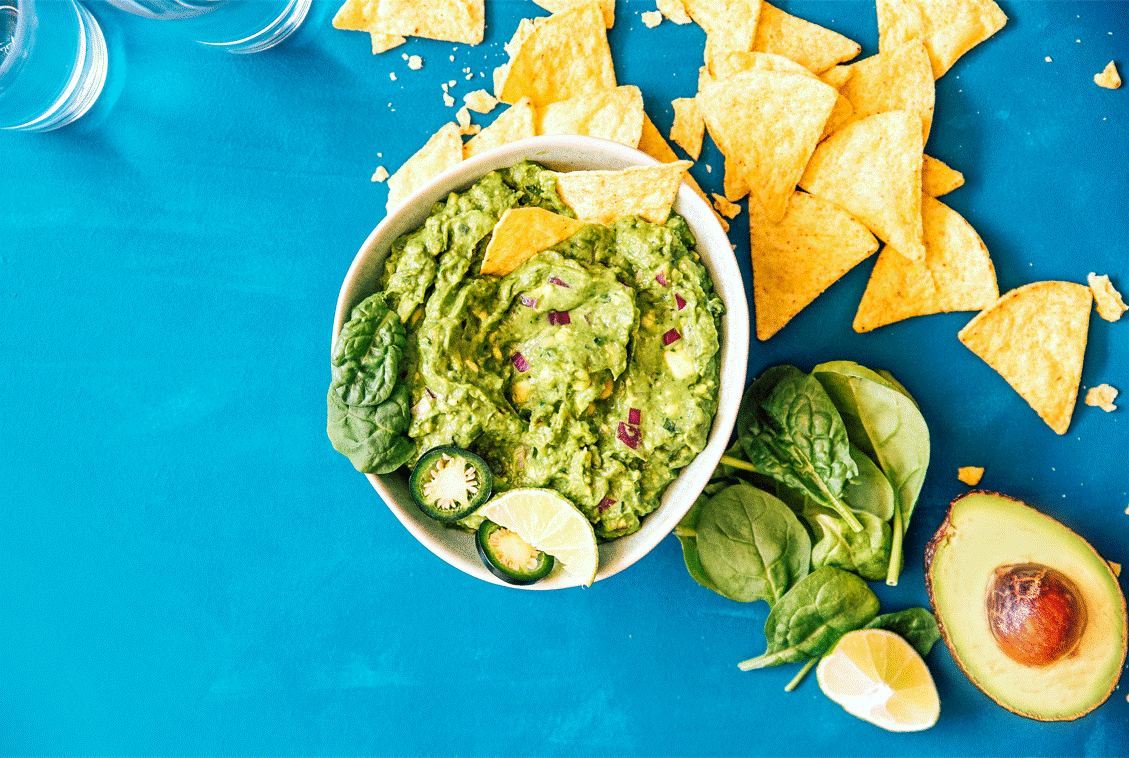Quinoa Quandry: The Truth Behind South America’s Superfood
Can you consume quinoa and still be an ethical eater? We explore the hype surrounding the “Mother Grain.”
November 21, 2013
Today, quinoa—with its off-the-charts nutritional value—is hailed as nothing short of a miracle food and is granted a primo position on supermarket shelves. The United Nations declared 2013 the International Year of Quinoa. Not bad for a humble crop that is cultivated almost exclusively in the Andes Mountains. But lately, quinoa has gone from superfood to serious food for thought. Critics contend that since quinoa became a foodie favorite in the west several years ago, the Andean staple has tripled in price, resulting in land disputes, a collapse of traditional farming practices, and unhealthy diet changes in Bolivia and Peru, which together account for 92 percent of the world’s production.
The controversy has been simmering for a couple of years, but it was brought to a rapid boil in January with a piece in The Guardian that left more than a few ethical eaters hot and bothered. The article “Can Vegans Stomach the Unpalatable Truth about Quinoa?” chided herbivores about devouring the plant-powered food and was suspiciously light on outside sources. The Globe and Mail followed, declaring succinctly, “The more you love quinoa, the more you hurt Peruvians and Bolivians.” Soon the blogosphere was all atwitter with reproachful posts, and conscientious consumers were left wondering what to make of it all. So, who’s right? Are ethical eaters hurting humans with their appetite for quinoa, or are ethical producers ensuring a fortuitous future for Bolivians by cultivating the crop?
Ancient Harvest
For Andean farmers, “the mother grain” was not only an essential food but part of their religious ceremonies and burial rituals. Each year, it was the Incan emperor who broke the soil with a golden spade and planted the first seed. But Spanish conquistadors, who arrived in Peru in 1531, scorned quinoa and forbade its cultivation under penalty of death. They forced the natives to replace their ancestral crops with European species such as wheat and barley, and quinoa’s popularity waned. It continued to flourish in the wild, however, and as the South American colonies fought for and gradually gained their independence from Spain during the 19th century, quinoa was poised to be rediscovered and reintroduced.
Myth-busting
The nascent quinoa craze, coupled with the international market’s potential for dramatic worldwide consequences, does have experts concerned, but not that Bolivians can no longer afford to eat the stuff. “That’s one of the very compelling myths,” says Tanya Kerssen, analyst for the Oakland-based think tank Food First, which works to end injustices that cause world hunger. “The quinoa producers eat quinoa. They reserve part of their harvest for home consumption. I think sometimes they’ll buy less-nutritious rice and bread and pasta—that’s true across the board; it’s not just quinoa farmers who do that. Also, they get sick of eating quinoa, frankly, so they buy other foods.” Filmmakers Michael Wilcox and Stefan Jeremiah saw that firsthand when they met with Bolivian farmers for their upcoming documentary The Mother Grain, which explores the effects of quinoa’s growing popularity. “Just like you and I might not want to eat quinoa every day, they might not want to eat quinoa every day,” says Wilcox. Inspired by all the recent attention focused on quinoa, the filmmakers initially went to the Andes to photograph the harvest, hoping to produce a coffee-table book. “But when we started speaking to people and doing research, we found this story. They are earning more money to invest back into their communities and their farms to grow better-quality quinoa than they ever have before to meet with the rising global demand.”
Also speaking from experience is Sergio Nuñez de Arco, a quinoa specialist with US importer Andean Naturals, who adds that quinoa is not even really a staple in Bolivia. “That’s another myth,” he says. “I was born and raised in Bolivia, and I never ate quinoa. Never. Nor did my friends. Bolivians in general do not eat much quinoa, and it’s been that way for 500 years.” It’s the farmers who eat most of the quinoa, he says, and lots of it. “As the market prices have gone up and demand has increased, they have grown more. So whereas they used to consume 80 percent of what they grew, now they probably consume 10 percent.” Nuñez de Arco adds that stories of land disputes have little or nothing to do with quinoa. “There are violent conflicts over land, but there have been violent conflicts over land in the Andes for a thousand years.” The international development organization Mercy Corps reports that up to 70 percent of farmable land in Bolivia is held by only a few thousand large landowners, and 65 percent of the population lives below the poverty line. It’s not difficult to imagine why disenfranchised indigenous farmers—unable to prove a parcel of land that’s been in their family for generations is legally theirs—would aggressively attempt to assert their rights.
Looking beyond the misinformation, it seems clear that the global enthusiasm for quinoa has largely been beneficial. “I think the quinoa boom has been good in general for Bolivia and Bolivians,” says Emma Banks of the Andean Information Network, an NGO promoting human rights and socioeconomic justice. As Banks points out, they’re eating more than ever. “Over the last five years, quinoa consumption in Bolivia has actually tripled.”
This increase in consumption comes even as prices have gone up, though what most reports overlook is that basic salaries have also risen in Bolivia. Last year, the government implemented an 8 percent increase in the minimum wage, and Bolivian President Evo Morales facilitated a $10 million loan for farmers to grow more quinoa. Morales, a former quinoa farmer himself, was named Special Ambassador for the International Year of Quinoa, along with Peru’s first lady, Nadine Heredia, both of whom advocate for better nutrition for mothers and children. “That is why the government of Bolivia is supplying quinoa as part of a nutritional supplement program to pregnant and nursing women, and Peru is incorporating quinoa in school breakfasts,” said UN Secretary-General Ban Ki-moon at the launch of the International Year of Quinoa in February.
The Dirt on Quinoa
The problem, it turns out, is not really dietary but environmental. Kerssen notes that the potential desertification of the growing region should also be factored into consideration. She believes turning this sacred seed from a subsistence crop into a prized commodity is leading the poorest, most vulnerable farmers to work the soil year-round, degrading the very land they depend on for survival and cultural identity. Among the Andean ecological disruptions keeping Kerssen awake at night are the effects of mechanized soil tilling, one of the hallmarks of industrialized agriculture. “When you combine that with global warming and higher temperatures in that region, you’ve got the perfect recipe for greater incidence of pests,” she says. In a region where pesticides are practically unheard of—bugs are rare above 12,000 feet—insects are beginning to appear, leading some farmers to use insecticides and other agrochemicals to maintain production. And of course, once farmers begin using pesticides, they eliminate not only the bugs they are targeting but also the helpful critters. As a result, one of quinoa’s fundamental appeals—its organic status—could be compromised.
Exacerbating the environmental dilemma is that the llamas who once grazed and fertilized traditional farms—and helped prevent erosion with their large, padded feet—are being moved off the land to make way for more quinoa crops. Sven-Erik Jacobsen, associate professor of plant and environmental sciences at the University of Copenhagen in Denmark, believes
that the environmental consequences include an overall decline in crop yield. “However, it does not need to have these effects, but the right measures have to be taken to counteract them.” One solution Jacobsen proposes is to grow quinoa in other countries yet maintain a high-value product for export in Bolivia. For example, he notes that the type of quinoa known as Real (or Royal) is adapted to the specific conditions in southern Bolivia, with the region’s extreme drought and saline-infused soils. But other types of quinoa can easily flourish elsewhere, such as in Africa, where Jacobsen is working to grow it.
Cultivating the Future
Although Jacobsen is confident he can help bring quinoa to the masses by producing it well beyond the shadow of the Andes, others aren’t so sure that’s the solution. Ernie New began growing quinoa in the Colorado Rocky Mountains in 1984, and while his White Mountain Farm is flush with potatoes and other organic veggies, the mother grain has been less than nurturing. “We’re not able to grow much,” he says. “Most of the time our supply is gone long before the demand has dried up.” Cultivation experiments in Africa may prove successful, but New doesn’t believe quinoa is a viable crop in the United States. “It does well in some climates, but it is susceptible to wind and heat. You’re not going to get people to plow the ski slopes of Colorado to grow quinoa.”
New’s experience is discouraging, especially considering that his was the first large-scale quinoa operation in the country. White Mountain Farm planted 120 acres of quinoa last year, yet they were able to harvest only 70 after a harsh summer. “If it gets above 90 degrees during the flowering stage, it won’t produce seeds,” New explains.
But the USDA is backing quinoa, and recently awarded a $1.6 million grant to Washington State University researchers, who will spend the next three years conducting an extensive trial to identify the varieties best suited for organic production. “I do believe that quinoa can be grown commercially in this area, but there are several hurdles that we and growers face,” says Kevin Murphy, lead scientist and plant breeder for the project. “For example, selection of varieties for early maturity is important, as is resistance to downy mildew and pre-harvest sprouting.” The trials have been promising, and Murphy reports there’s a lot of interest from farmers, distributors, and retailers for Washington-grown quinoa.
Andean quinoa has a bushel full of defenders, who see domestic production as a threat to the people of South America’s Altiplano, the mountain plateau where the perfect blend of altitude, climate, and soil has made it the world’s quinoa basket. “Growing quinoa in North America only takes the market away from quinoa farmers in Bolivia and Peru,” says Banks. “The Altiplano is historically incredibly poor with few resources. Quinoa is one of the only means of income for people who live there.” Wilcox shares the sentiment, adding, “I’ve seen comments on some of these anti-quinoa articles, like, ‘Thanks for shining a light on the truth. I won’t consume Bolivian quinoa because it’s hurting these farmers.’ Well, not consuming it is really going to hurt these farmers. They’ll be stuck with a dry pile of quinoa and no income to support their families.”
Perhaps the most effective way for conscientious consumers to support Bolivia and Peru is to buy organic quinoa that is certified Fair Trade. Doing so helps farmers and their families earn better wages for their hard work, allowing them to keep their children in school, hold on to their land, preserve their cultural heritage, and invest in the quality and productivity of their harvest. “Most consumers just care about price,” says Nuñez de Arco. “Consumers have the power to generate a demand that creates an alignment of the whole supply chain. If they go to Trader Joe’s and ask, ‘Is this bag of Bolivian quinoa fairly traded? Am I part of something that’s not good?’ All of a sudden, Trader Joe’s calls us and says, ‘Tell me again about that Fair Trade thing. What do we have to do? Ten cents more? Sure, just do it.’”
The saga of quinoa is closely tied to food security and sovereignty, and it’s one that should ultimately be written by active citizens, not passive consumers. Whether quinoa retains its organic roots and benefits farmers and customers alike or becomes a genetically modified global commodity monopolized by socially irresponsible corporations is really up to us.
Mark Hawthorne’s latest book is Bleating Hearts: The Hidden World of Animal Suffering. You’ll find him tweeting @markhawthorne.
JUMP TO ... Latest News | Recipes | Guides | Health | Subscribe







